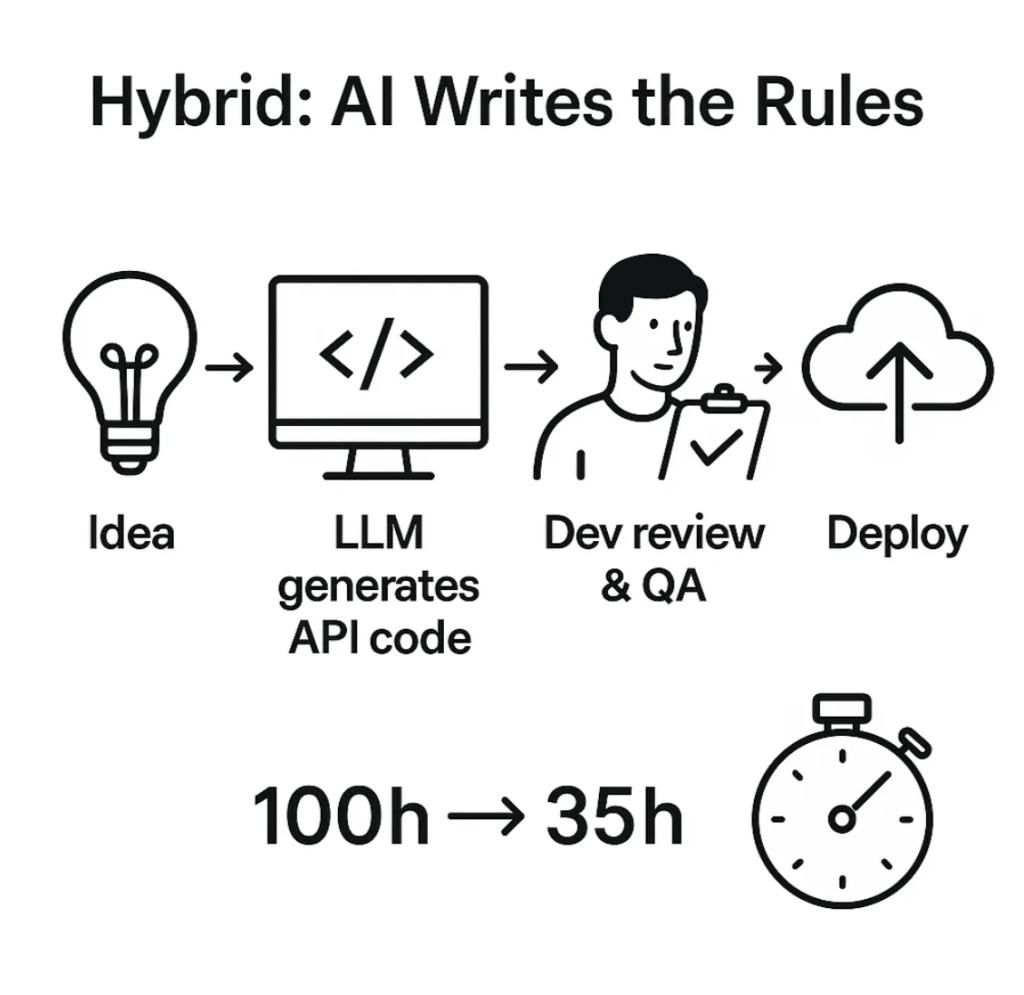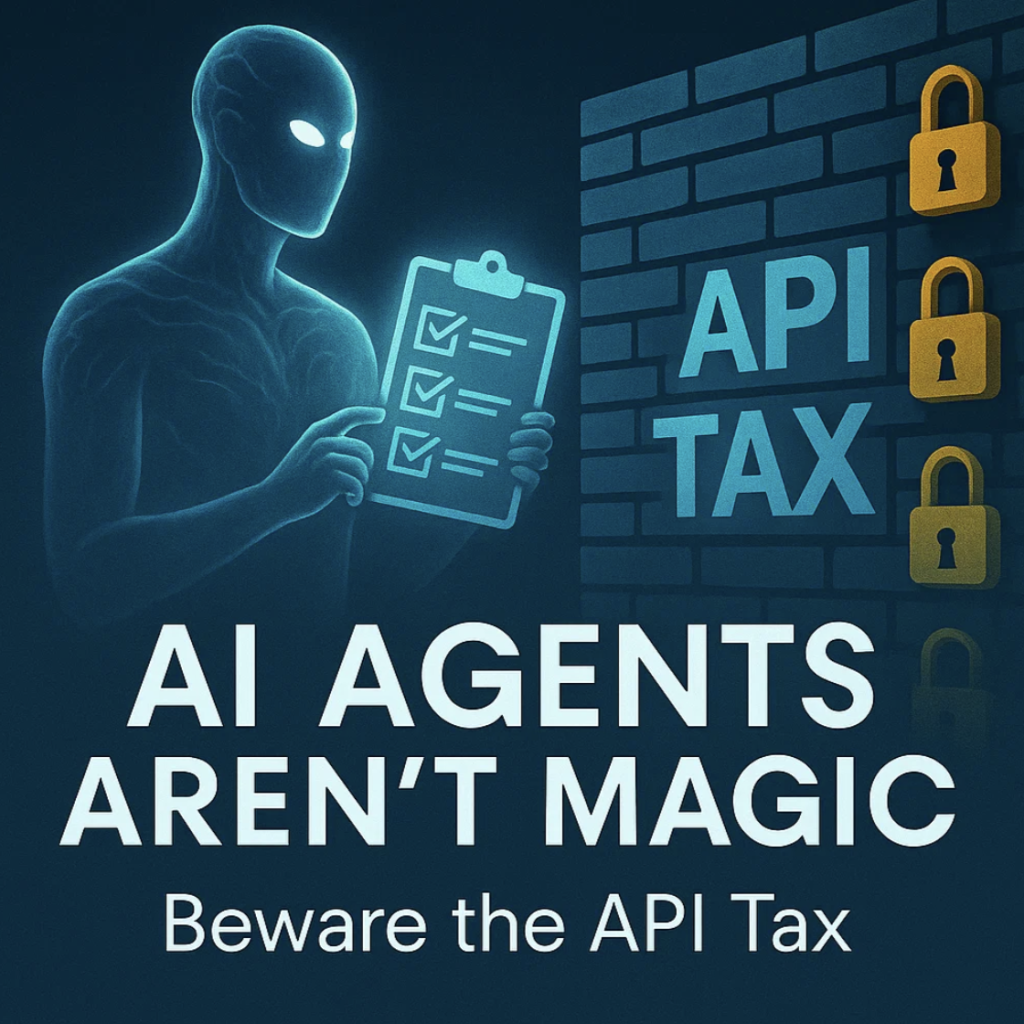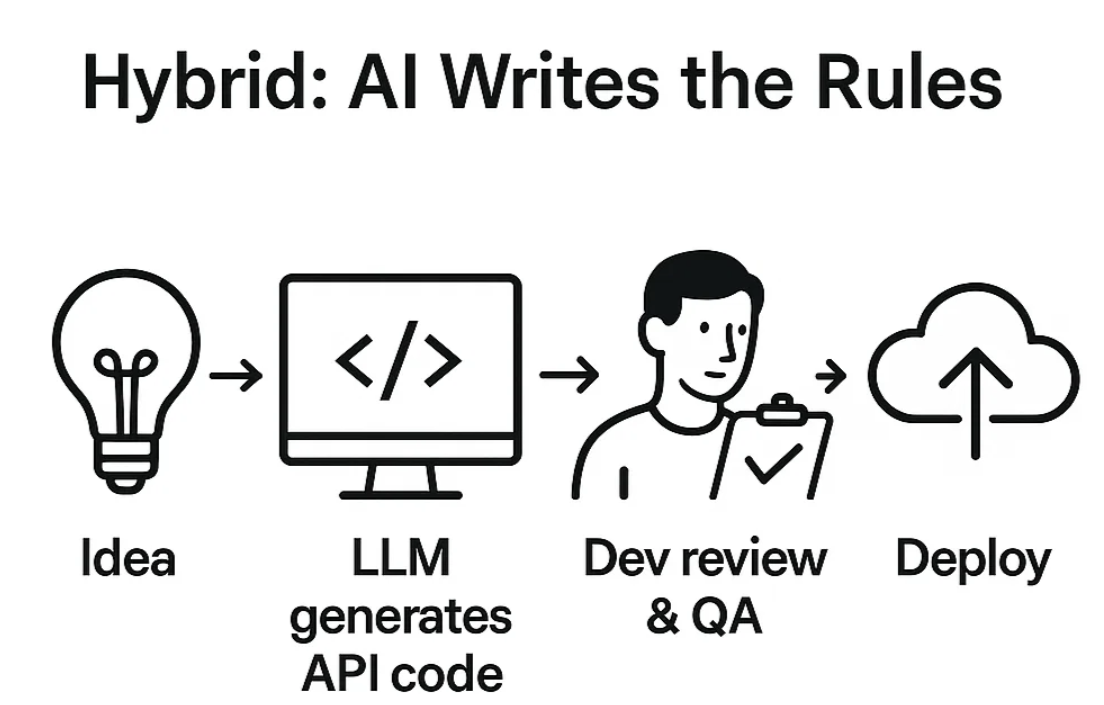The hype around “dynamic reasoning” AI Agents often ignores the grunt work of enterprise automation. I recently ran into this reality firsthand while trying to automate member cleanup at CourseConnect (Teachable/WhatsApp sync).
The Cold Truth (The API Tax) 🛑
My powerful AI Agent, Aura, couldn’t remove expired members because the required APIs—like remove_member_from_whatsapp_api—were missing.
The agent is a sophisticated planner, but it is GATED by the tools (APIs) you provide.
⚠️ 90% BLOCKED: I found nearly 90% of agent initiatives are initially blocked by a lack of ready-to-use APIs, forcing my team and I back to traditional coding.
The Reliability Trade-Off for Critical Tasks 🛡️
For mission-critical tasks (like managing paid access), you cannot gamble on dynamic reasoning.
Explicit APIs (Code): 100% predictable accuracy and auditability. Rigid, but safe.
AI Agents (Execution): Introduce non-deterministic risks and the potential for costly hallucinations.
For enterprise functions, my internal analysis demands 80% Reliability over sheer flexibility.
The Hybrid Solution: AI as the Developer 🚀
The real power of AI is not in running your rules, but in writing your rules faster.
When a policy needed adjustment (e.g., adding a 10-day payment grace period), the optimal path was using an LLM to rapidly generate the new, complex API code.
This approach reduced the development effort from 100 hours to 35 hours, giving us Agility from AI while retaining the non-negotiable Reliability of hard-coded logic.
Stop worshipping the agent and start demanding reliable infrastructure.
➡️ My take: I firmly believe the safest path is using AI to Write the Rules, not to Decide the Rules.
What’s your experience? Are AI Agents a fundamental shift in automation, or just a new layer on top of our existing tools? Let me know in the comments! 👇
#AIAgents #EnterpriseAutomation #DigitalTransformation #APIManagement #TechStrategy #LLM








